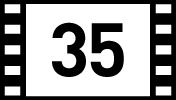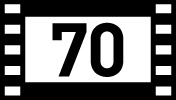

Marking the peak of a distinctive era in American comedy and changing the face (and cost) of funny movies, Dan Aykroyd's ingenious concept combined with Harold Ramis's hilarious fitness, Ivan Reitman's skillful grounding, Bill Murray's outrageous attitude, Sigourney Weaver's magnetism, and Richard Edlund's state-of-the-art visual effects to make a film that captured the world's imagination in 1984. Endlessly rewatching, it's the exception to the rule that supernatural comedies never work. Often imitated but never equaled, even when its original cast attempts to, Ghostbusters is familiar yet wildly original.
It's one of my 100 favorite movies. My thoughts about why are here.
The greatest supernatural comedy of all time stars Bill Murray, Dan Aykroyd, and Harold Ramis as paranormal exterminators who must save New York City from being destroyed by otherworldly forces they may have unleashed.












